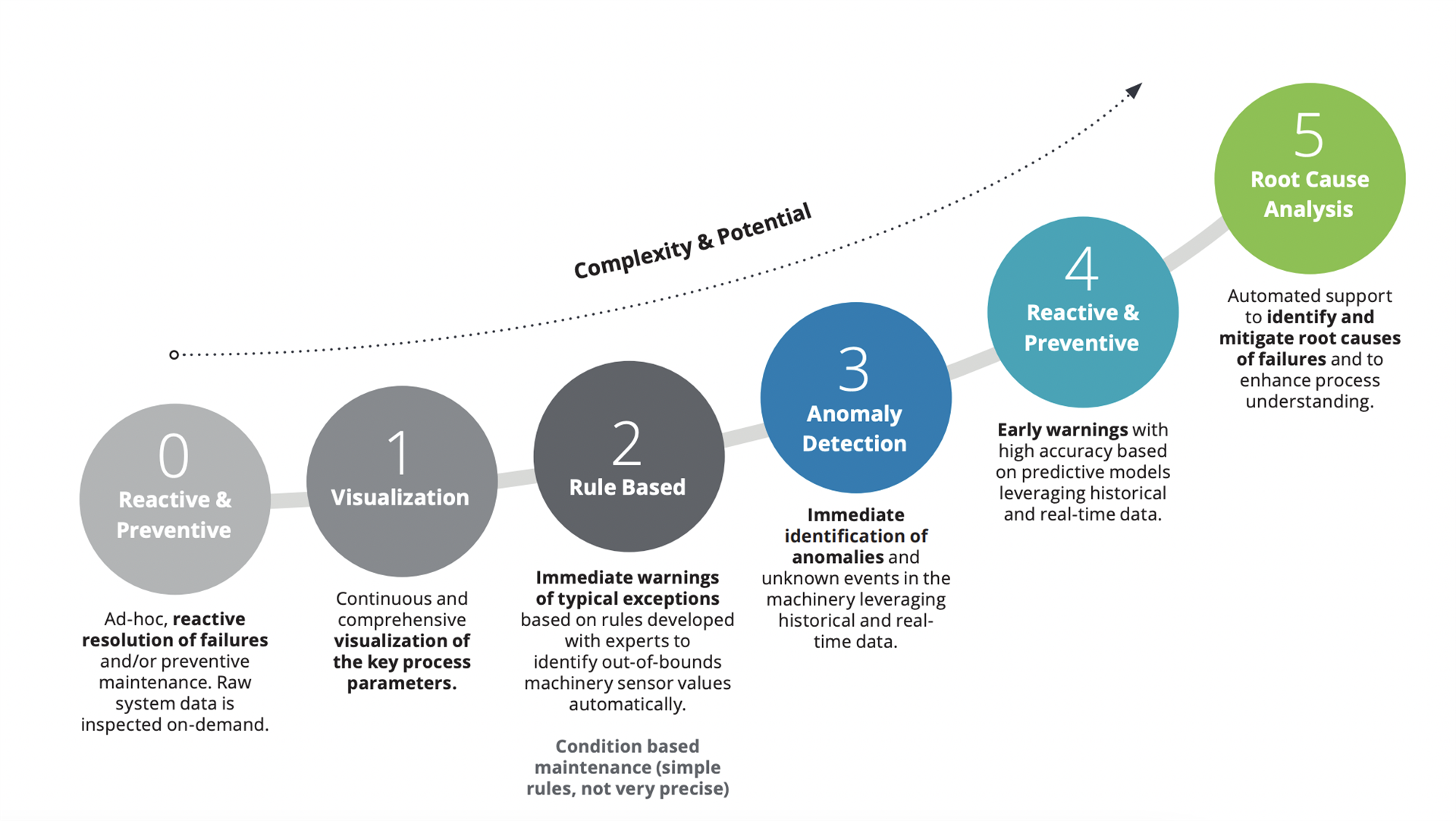by Devin Yaung and Jeff Merritt*
Small and medium-sized enterprises (SMEs) represent about 90% of global business and more than half of employment worldwide. They play an acutely important role in the global economy — and they can play a role in responding to the climate crisis, too.
Fourth Industrial Revolution (4IR) technologies such as Internet of Things (IoT) can help SMEs reduce waste, optimize operations and monitor processes more effectively.
IoT in the world
IoT technology is a huge opportunity to build a sustainable and prosperous future for SMEs. Analysis shows that 84% of current IoT deployments are “addressing or have the potential to address” the UN’s Sustainable Development Goals. Through application such as increasing energy efficiency and encouraging greater use of renewables, IoT technology can minimize the impact businesses have on the environment, help them adapt to a new reality and at the same time deliver gains in productivity and efficiency.
A recent survey found that seven in 10 executives believe IoT technology has helped them increased revenue, 45% agree that it has helped increased profits by 1% to 5% and 41% reported profit increase by 5% to 15% annually.
Adopting sustainable business practices also has the potential to unlock market opportunities worth trillions of dollars and create millions of jobs. IoT solutions can help SMEs to better comply with green standards and certification, enabling them to leverage new market opportunities and financial resources through applicable grants and government support programs.
With many SMEs lacking the resources to succeed in this space, innovative and cost-effective technology must be paired up with a holistic and strategic approach to facilitate adoption and create a greener future for this often-overlooked sector.
IoT applications for sustainability
Estimates show that the average price of IoT sensors has declined over the last 2 decades — from $1.30 in 2004 to $0.38 in 2020. This price drop has been fuelled by an increased number of suppliers, more optimized and efficient technology and falling cost of connection, storage and processing. As IoT technologies become more accessible, SMEs are in better positions to embrace simple, yet proven, IoT technology applications that will make their businesses more profitable and more sustainable.
Three key applications of IoT are:
1) Water leak management
IoT can provide real-time protection against water damage such as leakage or plumbing failures. Sensors can detect leaks and moisture. An optical meter reader, for example, could provide near real-time data not only for water but also for gas, electric, temperature and pressure, too. An integrated IoT approach harnessing data analysis would minimize the impact of leakage and water damage. This can save the economy billions of dollars every year and reduce water stress.
2) Predictive maintenance
IoT devices can collect data from industrial machines, for example in manufacturing, to create models that predict when events of interest might occur, including potential downtime, accidents or when something might need to be replaced. This allows enterprises to avoid breakdown, anticipate and plan downtime, and maximize productive capacity. One study found that, on average, predictive maintenance increases productivity by 25%, reduces breakdowns by 70% and cuts maintenance costs by 25%.
3) Environmental monitoring
Sensors can identify the presence of pollutants in the air and water and track temperature and humidity. Combinations of sensors and connected devices embedded in pipes, equipment and spaces can keep premises and workplaces safe, clean and efficient. This helps businesses monitor their operation, avoid waste and comply with environmental standards.

Accelerating the transformation
Legislations worldwide increasingly require SMEs to meet sustainability regulations, leaving many businesses at a loss of how to bring themselves in line with regulation.
For example, in the European Union, businesses will be required to identify and prevent pollution in their operation and value chains. In the US, the Securities and Exchange Commission has proposed mandatory climate risk disclosures and new energy efficiency requirements. At the same time, increased public expectations for businesses to act responsibly and transparently add another layer of urgency to this transformation.
SMEs face numerous challenges in adopting the 4IR technologies that would enable them to operate more sustainably. Apart from enabling factors such as funding and the need for skilled employees, SMEs also require strategic support to determine the right use cases, develop roadmaps for implementation and to measure and guarantee return on investment.
Some organizations already exist to aid this process. For example, in May this year, NTT launched its IoT services for sustainability. That launch was designed to help SMEs better understand their operations and how IoT would fit into it, and provide a comprehensive end-to-end support to facilitate successful adoption of the technology, particularly with regards to its implementation for achieving sustainability goals.
SMEs beginning their sustainability journey and looking to capitalize on the Fourth Industrial Revolution need backing from the public and private sectors. Policies such as innovation vouchers, upskilling programmes and industry collaboration are just a few of the ways to reduce barriers to technology adoption for SMEs.
As the world continues to reap the benefits of 4IR technology, it critical important that this major economic sector — the driver of so much growth worldwide — is not left in the cold.
*SVP, Group Enterprise IoT Products and Services, NTT Ltd and Head of Urban Transformation; Member of the Executive Committee, World Economic Forum
**first published in: www.weforum.org




 By: N. Peter Kramer
By: N. Peter Kramer
